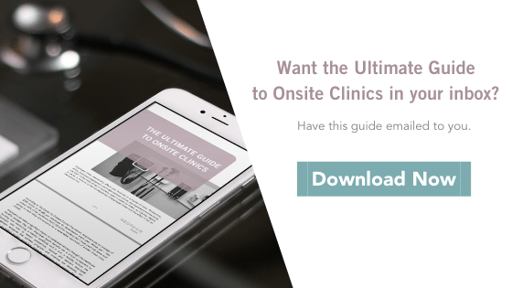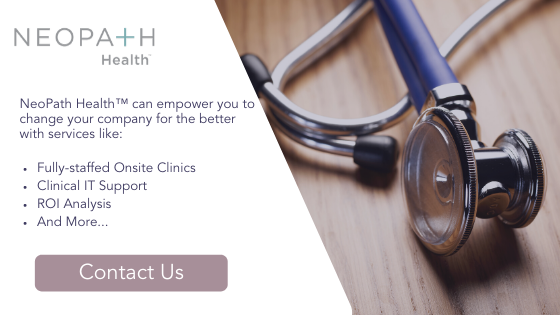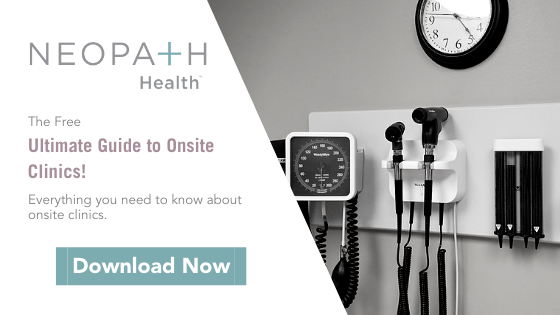Even before the pandemic, the World Health Organization added burnout to their International Classification of Diseases, calling it an occupational phenomenon. Since then, conversations about burnout have become more commonplace, but employee burnout signs are still on the rise – in part due to the many stressors employees have faced over the last few years:
- Pandemic
- Social unrest
- Political divide
- Inflation
- Recession fears
Yet while burnout is regularly in the headlines, many companies and leaders don’t clearly understand what employee burnout is, why it’s important, and what signs to watch for.
What is employee burnout, and why is it important?
In its official definition, the World Health Organization says that burnout is a syndrome that results from chronic workplace stress characterized by three dimensions:
- feelings of energy depletion or exhaustion;
- increased mental distance from one’s job, or feelings of negativism or cynicism related to one’s job;
- and reduced professional efficacy.
Burnout can lead to absenteeism, presenteeism (i.e., being physically present but mentally and emotionally checked out), lack of engagement, loss of productivity, and turnover – all of which impact the bottom line. But there’s a human cost as well. Employees who experience burnout can develop more serious mental or physical health issues or take up unhealthy coping behaviors.
3 common employee burnout signs to watch for
When you know the common employee burnout signs to watch for, you can catch it earlier and offer your employees the support they need. Let’s take a closer look at these signs using each of the World Health Organization’s dimensions as a guide.
Feelings of exhaustion
This dimension of burnout is probably the one you’re most familiar with. It can show up as loss of motivation, emotional and physical exhaustion, poor sleeping habits or difficulty falling or staying asleep, having difficulty relaxing, losing motivation, not caring for yourself physically, or getting sick more frequently.
Increased mental distance from one’s job
The next dimension gets into feeling detached from your work (or what the WHO calls “mental distance.” This could present as feeling more negative or cynical, increased irritability, difficulty concentrating, putting things off, procrastinating, not following through on responsibilities, or not taking deadlines seriously.
Reduced professional efficacy
The final dimension relates to not feeling as good about your accomplishments or successes as you have. This can look like feeling stuck in your job, not participating in meetings, pulling away from colleagues, or having difficulty making decisions. It can also include feeling like you can’t stay on top of things (despite putting in the time) or not having what it takes to be successful or make a difference.
Burnout is a complex challenge; you need a plan
Workplace burnout is a significant challenge for employers and employees alike. The first steps are to become more familiar with what burnout is, know the common employee burnout signs to watch for, and plan how to support employees who are experiencing burnout.
At NeoPath, we acknowledge there’s work to be done, and we’re encouraged by the number of companies wanting to invest in the well-being of their employees. Every day, we talk to leaders who understand that what’s good for people is also good for business and that the ultimate measure of their success is healthy, happy employees.
Want to offer your team employee burnout support services?
In response to the current mental health crisis, Neopath Health now offers our customers onsite mental health services powered by Good Human Work. They provide emotional, relational, and organizational health services delivered by licensed therapists who understand burnout and know how to coach people through it.
Want to offer your team this level of support? Let’s connect.
.png?width=433&name=NeoPath_2019_logo_2color%20(1).png)





